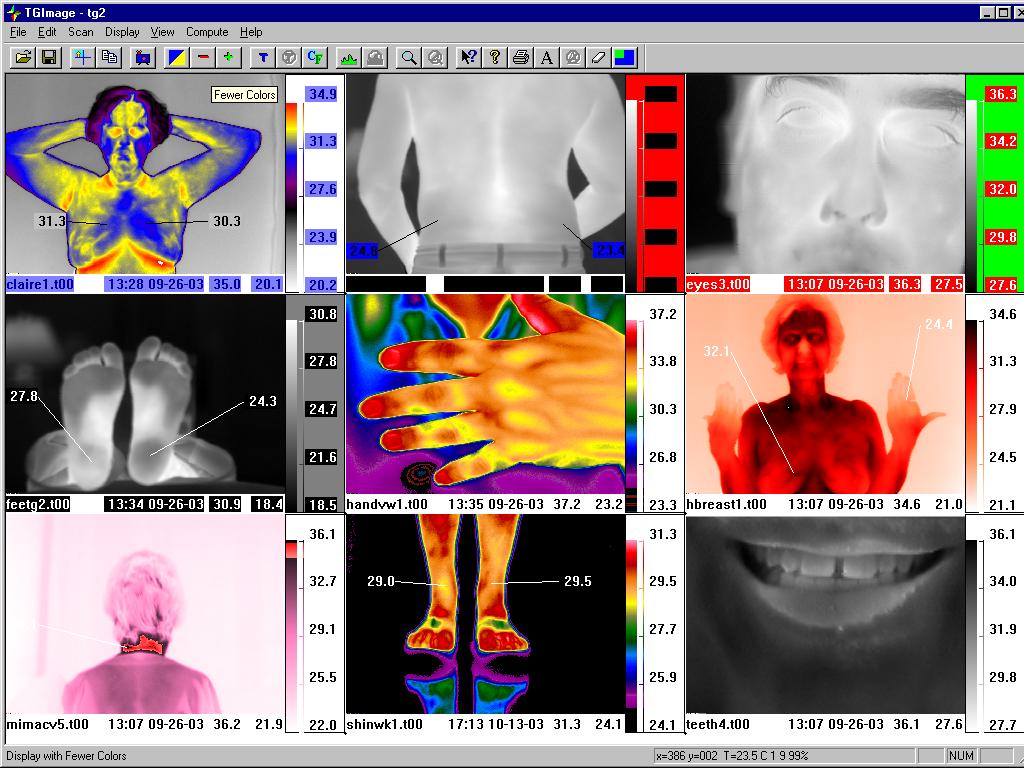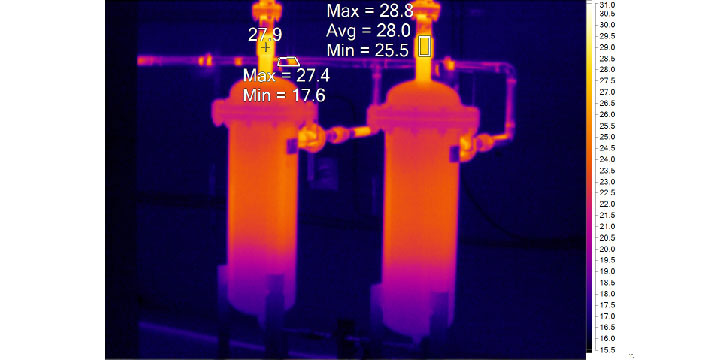In its simplest form, a palette in R is simply a vector of colors. This vector can be include the hex triplet or R color names. The default palette can be seen through palette. Working on some code and was having a tough time configuring the color palette in GGally since it does not produce a ggplot object. It appears to be a larger problem. So, here is one hack, redefine the ggplot function and change the default palette there. Need to make a dyerlab::palette now.
Canva color palette generator. Canva, a popular online tool for creating infographics (among other things), offers an interesting take on generating color palettes based off of a photo you upload to it. While other tools offer similar options, Canva’s couldn’t be easier to use. The primary argument to colorpalette is usually a string: either the a name of a specific palette or the name of a family and additional arguments to select a specific member. In the latter case, colorpalette will delegate to more specific function, such as cubehelixpalette. It’s also possible to pass a list of colors specified any.
This article explains how the color palette of the iMapping Tool works and how to change it.
You can change the color of one ore several items by selecting them and pressing ctrl+b (cmd+b on Macs). The b stands for background color. If you don’t like keyboard shortcuts, you can user the right-click menu instead. In the Background Color dialogue, you can select a new color for the item from a color matrix. Before clicking Ok, you can choose to “also color children”, which will change the color of all children items of the selected ones recursively.
How To Change Color Palette On Research Irving
It is important to understand one thing: In the current visual design of iMapping items do not have borders, and they are distinguished from their parent and children items only by their background color. Therefore, if you create new children in an item, these will automatically get the next color shade, i.e. the one below in the same column of the color matrix. In the default color palette, this will be a lighter tone of the same color. When the last row of shades in the matrix is reached, it continues from the middle one of the same column, which in the default color palette is a darker tone of the same color. Just keep that in mind, if you start designing your own color palette. And here is how to do it:
After you first started the iMapping Tool, you will have a folder named “iMapping” in your home folder. In there, among other things is a file named “colorMatrix.conf”. If you open it with a text editor, you can change your color palette in there. Be sure not to change the structure of the file or the number of lines – you should only change the numbers in there. You will find sections (e.g. “color 1: (default blue)”) that correspond to the 6 columns of the color matrix followed by 7 rows of numbers, which correspond to the rows. Colors are defined in the HSV color model, where the first value defines the hue (i.e. blue, green, purple or whatever), the second the saturation (is it a strong full blue or rather a pastel greyish blue) and the third value defines the brightness (light blue vs. dark blue).

How To Change Color Palette On Research Ireland
So, now you can create your own, nicer color palettes for iMapping. Just make sure, the new file is in that iMapping folder and has the exact same name, then restart the iMapping tool. If you load an existing iMap, these new colors will be used instead of the ones from the old palette.

Of course, you can also just replace the colorMatrix.conf file with an existing one. Here are two examples that you can try (rename them to “colorMatrix.conf”):

Nicer1 ist eine Palette, die einigermaßen auf die alte Standardpalette passt. D.h. wer schon Maps mit der alten Palette hat, kann diese durch „nicer1“ ersetzen ohne allzuviele Items nachträglich anpassen zu müssen. Es sind hier auch nur die unteren vier Reihen angepasst, die auch automatisch durchrotieren. Die oeben drei (nier nicht im Bild) sind noch alt.